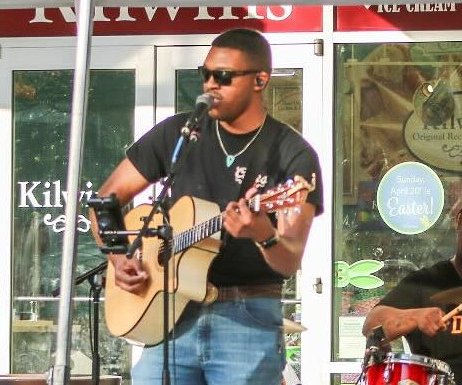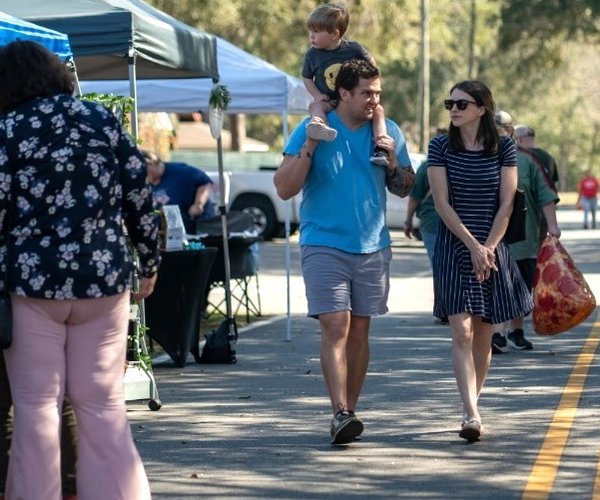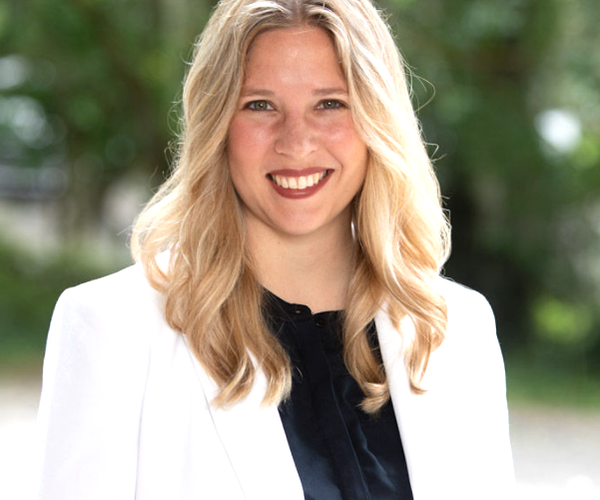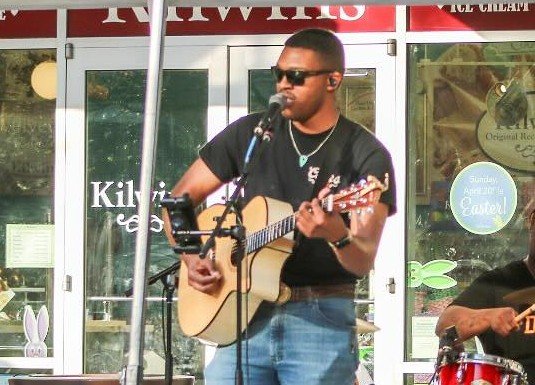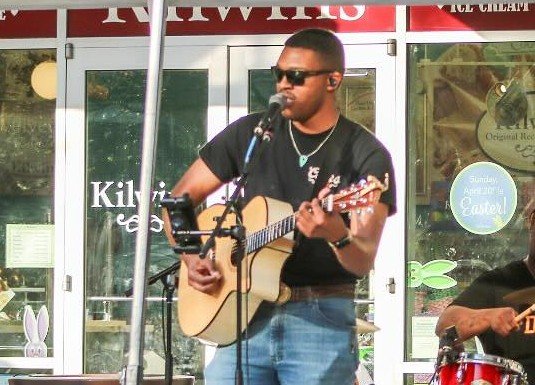Unearthing discarded buttons is not cause for much fanfare — unless of course the items haven’t been seen since they were last used during a violent struggle to determine America’s fate almost 150 years ago.
Now-rusted and fragile artifacts from the site of the largest prison camp of the Civil War were unveiled Thursday during a presentation in Georgia Southern University’s Museum.
The university’s archeology team, which has toiled in the grounds of Camp Lawton — a Confederate prisoner of war camp located just outside of Millen — for several years displayed their most recent discoveries.
The collection of artifacts included, a pair of keys to furniture and doors, suspender buckles, a ring and pieces of a pocket knife.
“From an archeological point of view, this find has been one of the most important finds in the history of Georgia,” Georgia Southern President Brooks Keel said about Camp Lawton. “This is a huge day for Georgia Southern University and for southern Georgia. This is a great story, and it is our story. We are delighted that Georgia Southern has an opportunity to have a role in this great discovery.”
Thursday’s reveal was the second since archaeologists began excavating the long-abandoned site at Magnolia Springs State Park in Millen. One year ago, the university presented to the public dozens of personal artifacts that were left behind by soldiers.
The newly exhumed objects will join those on display at the museum.
According to Georgia Southern anthropology professor Dr. Sue Moore, who directs the Camp Lawton Project for the university, the new finds, coupled with those discovered last year, “provide exciting and humbling clues” about the lives of soldiers who once filled the camp.
“The artifacts have told us that the soldiers struggled to find ways to bring normalcy to their lives with simple things like pocket knives and writing implements,” she said. “We are doing our utmost to tell the story of this site and its habitants — whether prisoner, guard or simply witness.”
Kevin Chapman, a Georgia Southern University anthropology and archaeology graduate who led the team searching for artifacts, is determined to piece together the story only partially told by his findings.
“We are rebuilding the story of Camp Lawton. We have a duty to tell the story of the camp and the men who lived there,” he said. “We have really found some exciting artifacts. Each of these objects tells us a little bit of the story of the men who lived at Camp Lawton.”
Deciphering artifacts recently uncovered, the team can identify at least one group of soldiers that spent time in the camp – which housed more than 10,000 Union prisoners over six weeks before evacuations in November1864, when the Union army approached during Gen. William Sherman’s March to the Sea.
A ring and badge sharing the same emblem provide clues that individuals from the Union Army’s 3rd Corps — a unit based in the Potomac region that fought in Manassas, Gettysburg and Chancellorsville — were held at the stockade, Chapman said.
“We know they laid there, lived there, ate there and experienced Camp Lawton in that very spot nearly 150 years ago,” he said.
The school also announced the acquisition of related artifact for its exhibit: a letter written by Union corporal Charles Knox on Nov. 14, 1864.
Knox penned the letter addressed to his Connecticut home while at the Millen camp. He wrote to his wife, assuring her that he would eventually be released.
According to Moore, the newest finds will go on display Oct. 11 at the Georgia Southern University Museum.
“The museum is excited to provide a place for the public to see these extraordinary artifacts,” said Museum Director Brent Tharp. “They help us tell a broader spectrum of this really unique story.”
In the future, the historical objects may share the room with a new crop or relics.
The archaeology team, after completing surveying, will continue to participate in detailed excavations over the next several years and decades, said Chapman.


